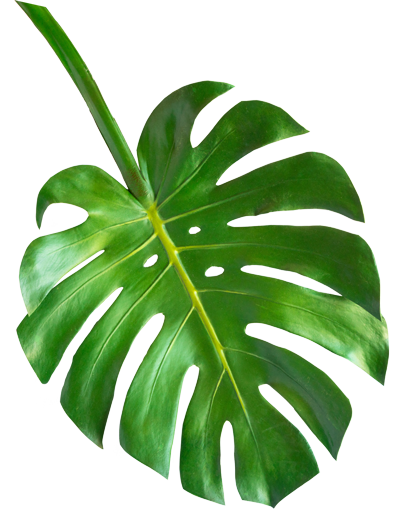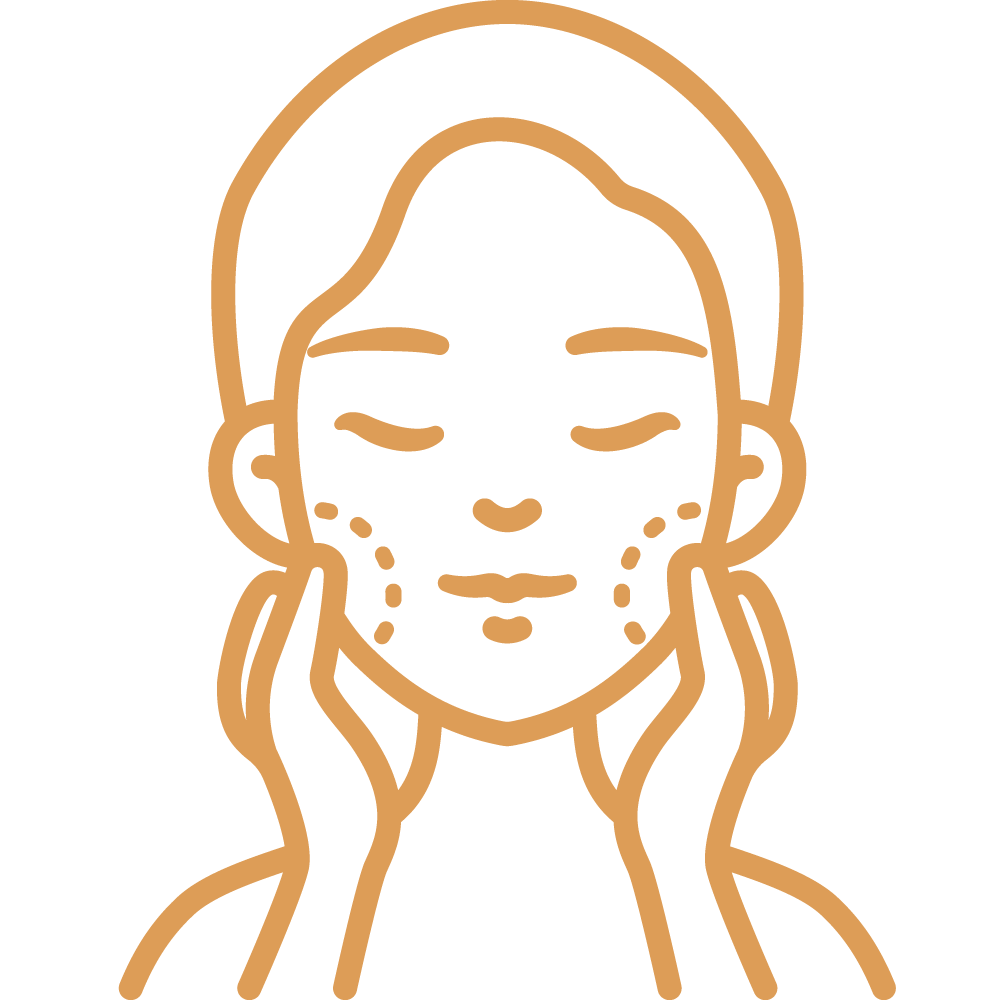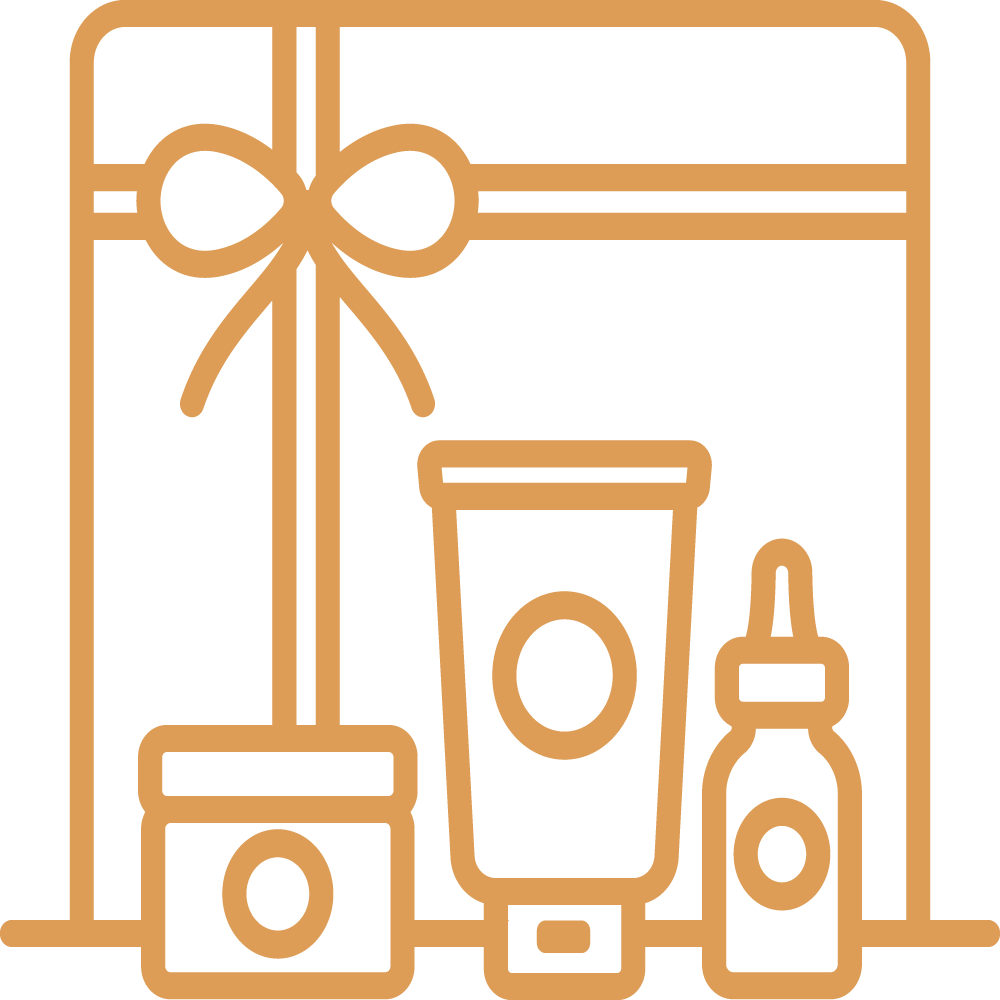All services are one-on-one with renown Esthetician Mary Freihofner
"Mary keeps my skin looking great, tailoring each facial to my needs at the time. She has also helped improve my overall skincare routine. When I send friends to Mary they can’t believe the overall level of service given the price. I highly recommend!"
- Heather F


About Mary Freihofner
Your clear skin is much more than my job; it is my calling.
The natural forested landscape of Vermont houses one of the finest estheticians in the country. Ms. Freihofner’s experience and expertise are unparalleled in the industry. She is a featured Influencer in Skin Inc. magazine, an acne educational writer in Multi Briefs, and a co-presenter on acne issues at the Association of Psychoneurocutaneous Medicine of North America. With over twenty years of experience combined with her summa cum laude education and her pre-med studies, you can feel confident that you will achieve results in her hands. Her Brattleboro, Vermont single-room office offers skin rejuvenation and acne care services.
Working Hours
- Tuesday 10am-1pm
- Wednesday 4pm - 7pm
- Thursday 1pm - 7pm
- Friday 10am - 4pm
- Saturday 10am - 4pm








